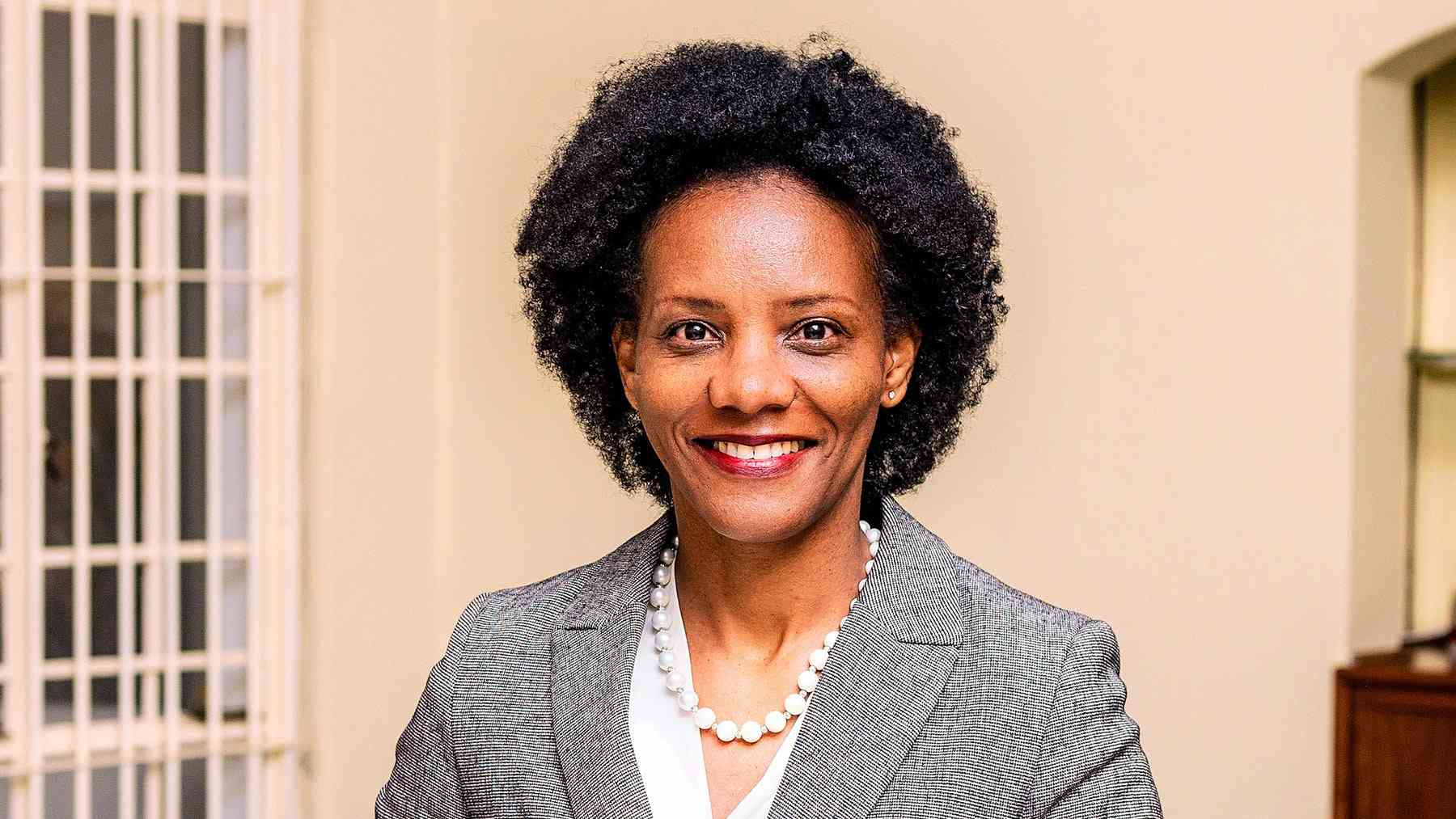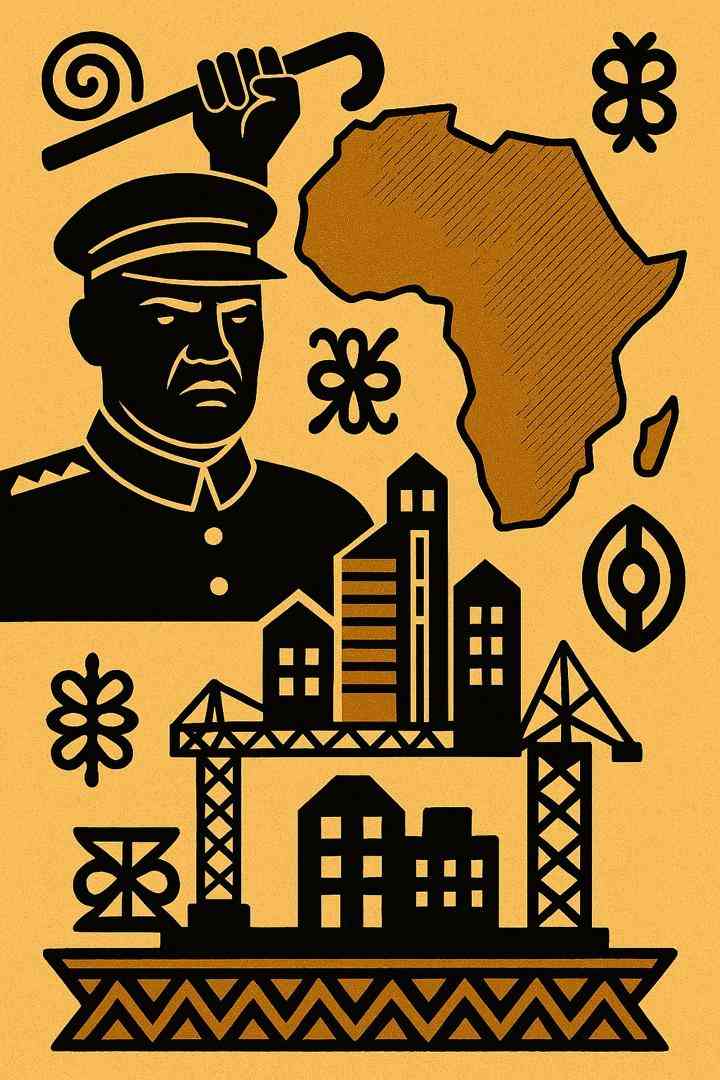
THREE years ago, Zimbabwe’s property market was downbeat. As the pandemic tore through the globe leaving a trail of destruction, occupancy rates suffered. But in this interview with our business editor, Shame Makoshori (SM) Integrated Properties chief executive officer Mike Juru (MJ) says while pockets of pain still remain, the oceans are clearing up, and the industry could be on its path to recovery. He gives his analysis in the interview below:
SM: Please give an overview of Zimbabwe’s property market in 2022. What is the outlook?
MJ: Notwithstanding the current situation in the economy, the Zimbabwe property market continues to show signs of improvement and resilience, through the increase in demand for rental space for suburban offices and industrial properties. Again, the market’s increased capacity to pay higher rentals, and a sharp rise in the number of residential and commercial construction projects in 2022, including Highland Park and Madokero Malls, is testament to the sector’s growth potential. In the 2022 national budget, the construction sector was expected to achieve a growth of 10,5%. Zimbabwe’s property market has become a cash market skewed towards the US dollar, although some transactions were still concluded in Zimbabwean dollars, and at a premium to contain currency and exchange rate risks in an inflationary environment. This could have been a form of cushioning property owners and sellers with the high inflation rates.
SM: We are talking about an industry with several sub-sectors under its wings. How did these perform last year, and what is your view of the year ahead?
MJ: The office sector is categorised into central business district (CBD) offices and suburban offices. CBD offices remain the worst performing of the two sub-categories, owing to the policy position allowing residential suburbs in proximity to the CBD to operate as offices. Owing to their inherent advantages, office migration from the CBD has been pronounced. Beneficiary residential suburbs to this CBD outflow (in Harare) include Eastlea, Hillside, Milton Park, Belvedere, Belgravia, Avondale, and Alexandra Park. This has created an oversupply of CBD office buildings vis-a-vis demand, leading to high vacancy rates and unsustainably low rental rates. The opposite holds true for office spaces in suburban areas, which are experiencing a boom characterised by an average occupancy rate of over 90% as demand outweighs supply. Rentals in the CBD office market averaged US$4 to US$8 per square metre in 2022 and have remained stagnant since 2021. For suburban office spaces, the range is US$6,50 to US$8 per square metre, with higher yields. Based on our analysis, it is evident that opportunities for rewarding office development currently lie in the suburban areas.
SM: What are the retail and residential market dynamics?
MJ: The retail sector registered a boost in early 2022 after restaurants, bars, and cinemas were given the green light to fully operate without (Covid–19 related) restrictions and curfews. This increased the occupancy rate and demand for space. The retrofitting of existing buildings in the CBD into shopping malls, and the sprouting of new shopping malls in suburban areas was witnessed. Throughout the year, the retail sector managed to retain over 90% occupancy rate, showing a major improvement from 2021. The industrial property market continued to flourish throughout 2022 on the back of post-pandemic economic recoveries.
Nominal rental growth for space of 500m² and below increased to 5,4% year-on-year due to high demand for space at a time space vacancies remained low. Increased demand for warehousing units has been the driving force behind the growth experienced in the industrial sector.
- COP27: Zimbabwe’s opportunity to shine
- Is Zimbabwe ready for green building standards?
- Addressing climate change the green building way
- Senegal-Egypt rematch on the cards?
Keep Reading
The introduction of Sunway City and Arlington Estate industrial parks created additional warehousing space to cater for imported products for resale, as well as local products. Overall, the average rental range for industrial properties for 2022 remained between US$2,50 to US$3, which is at par with 2021 levels.
SM: Tell us about the residential and construction sectors.
MJ: The housing market remained the best-performing real estate sub-sector in Zimbabwe. It registered the highest number of transactions and also constituted the bulk of activities in the construction sector for 2022. This performance was mainly driven by diasporans, employer mortgage assisted schemes and business executives. However, the residential sub-sector was not spared when banks were suspended (in May 2022) from lending.
Also, the +1,5 million units housing backlog further fostered owner-based construction. This is supported by the mushrooming of cluster developments on the housing market. Zimbabwe’s construction sector experienced growth against all odds. The growth was more pronounced in the first half, largely driven by government spending on infrastructure projects. The emergency road rehabilitation programme, Mbudzi interchange (in Harare), Gwayi Shangani 245km pipeline project and Beitbridge border post upgrades headlined the government’s infrastructure projects for 2022.
Specifically, between January and June 2022, the Zimbabwean government approved a budget to spend ZW$21,2 billion on capital projects and ZW$1,4 billion of the ZW$21,2 billion went into the government’s road rehabilitation projects. Also, private development through financial institutions and individuals added to the hive of activity in the construction sector in the first half of 2022. Housing construction has seen growth as new high rises, cluster house developments and gated communities came onto the market in 2022. An estimated annual injection of 60 000 new housing units is inevitable.
SM: What factors affect the performance of this industry?
MJ: It is pertinent for us to focus on the key drivers to get a glimpse of what 2023 holds. These include population demographics, interest rates, inflation levels, policy frameworks, real income, infrastructure development projects, the functionality of financial institutions for real estate development and market perception. The demand for real estate largely emanates from the population (demography).
Currently, Zimbabwe’s population is estimated to be slightly over 15 million people with an annual growth rate of 4,38%. Of that, 5,7 million are believed to be urbanites with an annual population growth of 2%. Harare has a population of more than 1,5 million. The number of households reached four million in 2020 in Zimbabwe, which was 3,2% more than the previous year. In 2005, Zimbabwe’s population density was similar to that of Africa’s average at 31 people per square kilometre and now it is 38,6 people per square kilometre, which is slightly lower than the continental average of 45,8 people per square kilometre.A rise in population density has a direct impact on house prices. Relating to the Zimbabwean situation, property prices have recently been seen firming up.
SM: What are the implications of the ongoing geopolitical tensions across the world’s most advanced markets?
MJ: Continued geopolitical uncertainty provides significant headwinds to the economy. The longer it takes to moderate, the greater the negative implications for real estate. Quantification of the direct implications of geopolitical risks on real estate can be challenging. What is clear is that every risk, be it a geo-political war, global pandemics, rent regulation inconsistencies, or sustainability and renovation protocols will affect supply chains, production schedules, market activities, product demand and disposable incomes, to mention a few.
With properties being long-term investments, real estate stakeholders largely base their decisions on future economic factors. An anticipated revenue boon in a functional economy with affordable mortgage finance models is every realtor’s dream. In our case, unless addressed, a liquidity crunch, imported inflation, high-interest rates and an inhibitive mortgage financing framework stand in the way of realtors in 2023.
SM: In other words, you are seeing a tough year ahead?
MJ: Based on the real estate fundamentals, cost of capital, capital availability, property prices, vacancy levels, leasing activity, transaction activity, and rental rates, the general expectation is improved or stable conditions for 2023. The latest Reserve Bank of Zimbabwe report on private sector credit indicated the construction sector got the least amount grossing only 1,39% of the total disbursed.
Practical, reasonable property finance options need to be created to enable the growth of the real estate sector, which is an anchor sector for both industry and commerce. Unlike in other economies, Zimbabwe’s property investment fundamentals are bent on hedging instead of on economic growth and income generation.
Ultimately, the Zimbabwe property market is the biggest beneficiary of monetary and financial policy proclamations and a general lack of alternative investment instruments that can act as inflation hedges. The role of institutional investors, particularly in the pension industry has to be accepted because of their significant contribution.
However, they pose a serious risk to the property market. For perspective, the backbone of the pension industry is the monthly pension contributions. These monthly contributions are fast shrinking in response to inflation.
SM: Your industry has sustainability issues to contend with. Tell us about this?
MJ: The commitment of the government towards environmental sustainability, buttressed by the recent accreditation of the Green Building Council of Zimbabwe to the World Green Building Council and the United Nations’ launch of the US$45 million sustainability fund in Zimbabwe present a perfect launchpad for sustainable practices in Zimbabwe, particularly in the built environment which single-handedly generates almost 40% of the world’s carbon footprint.











